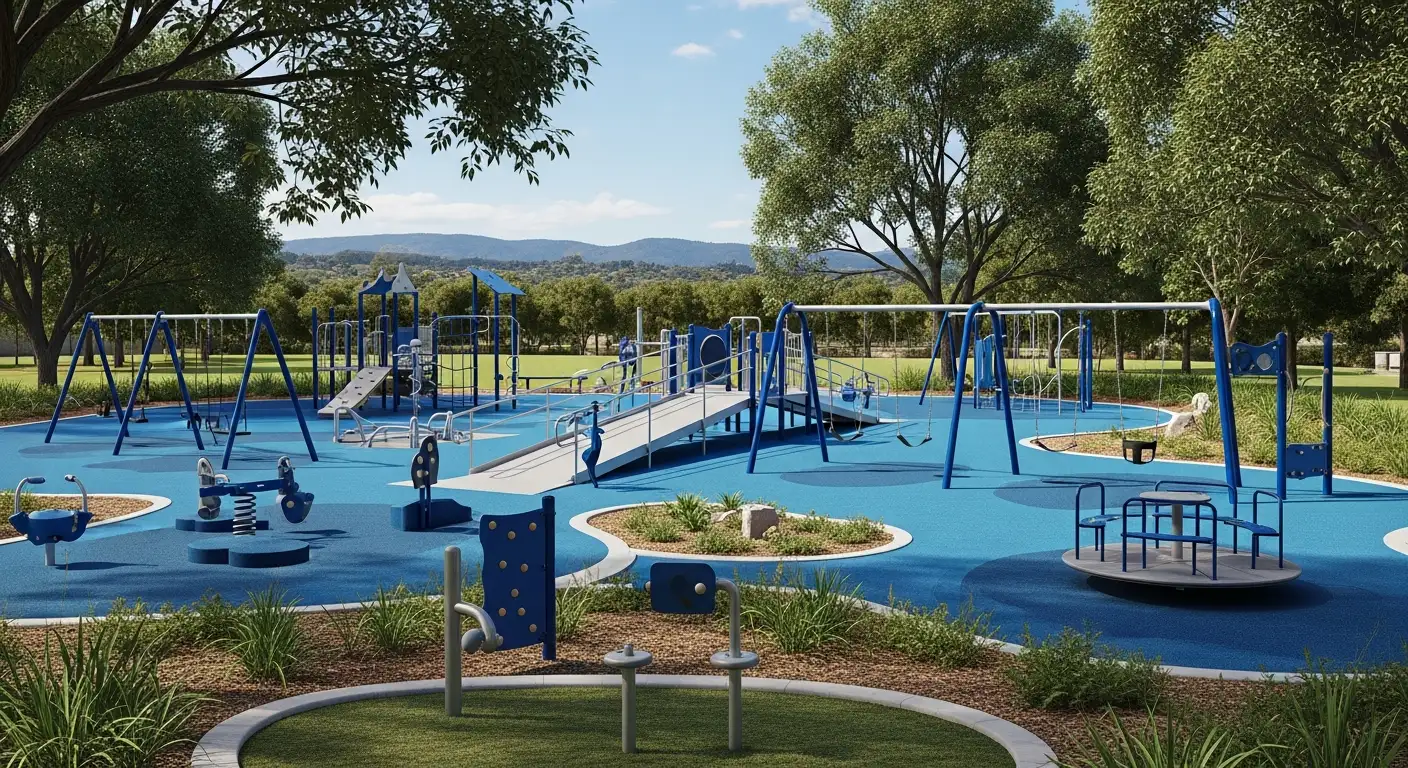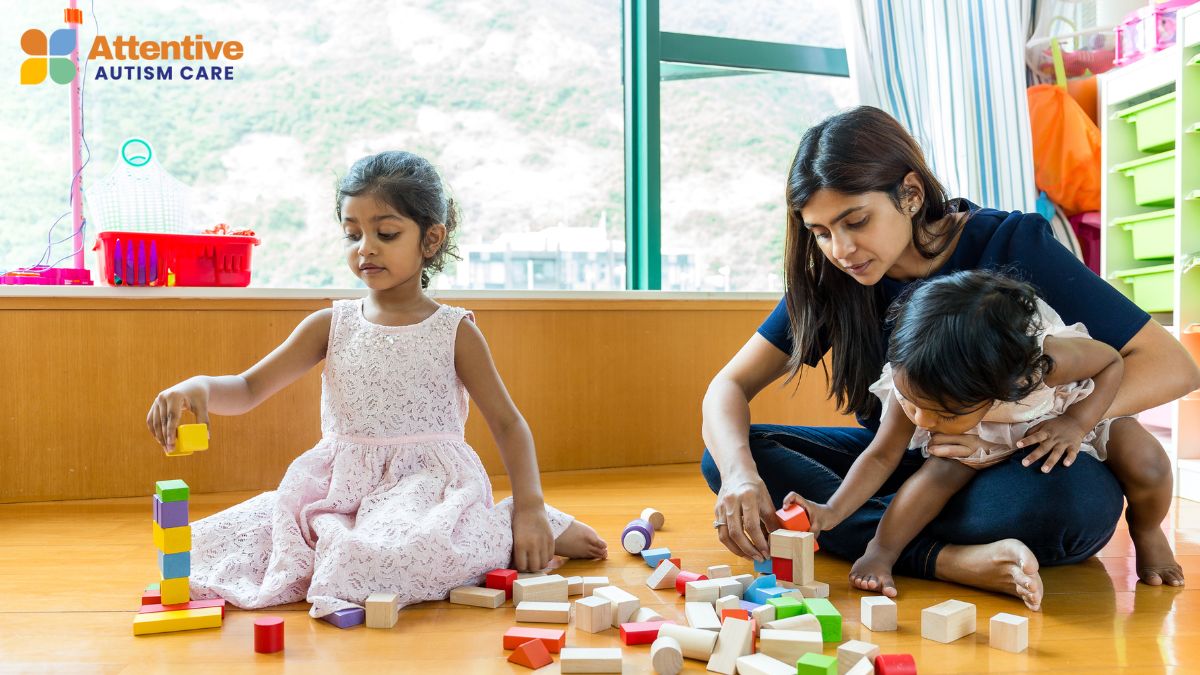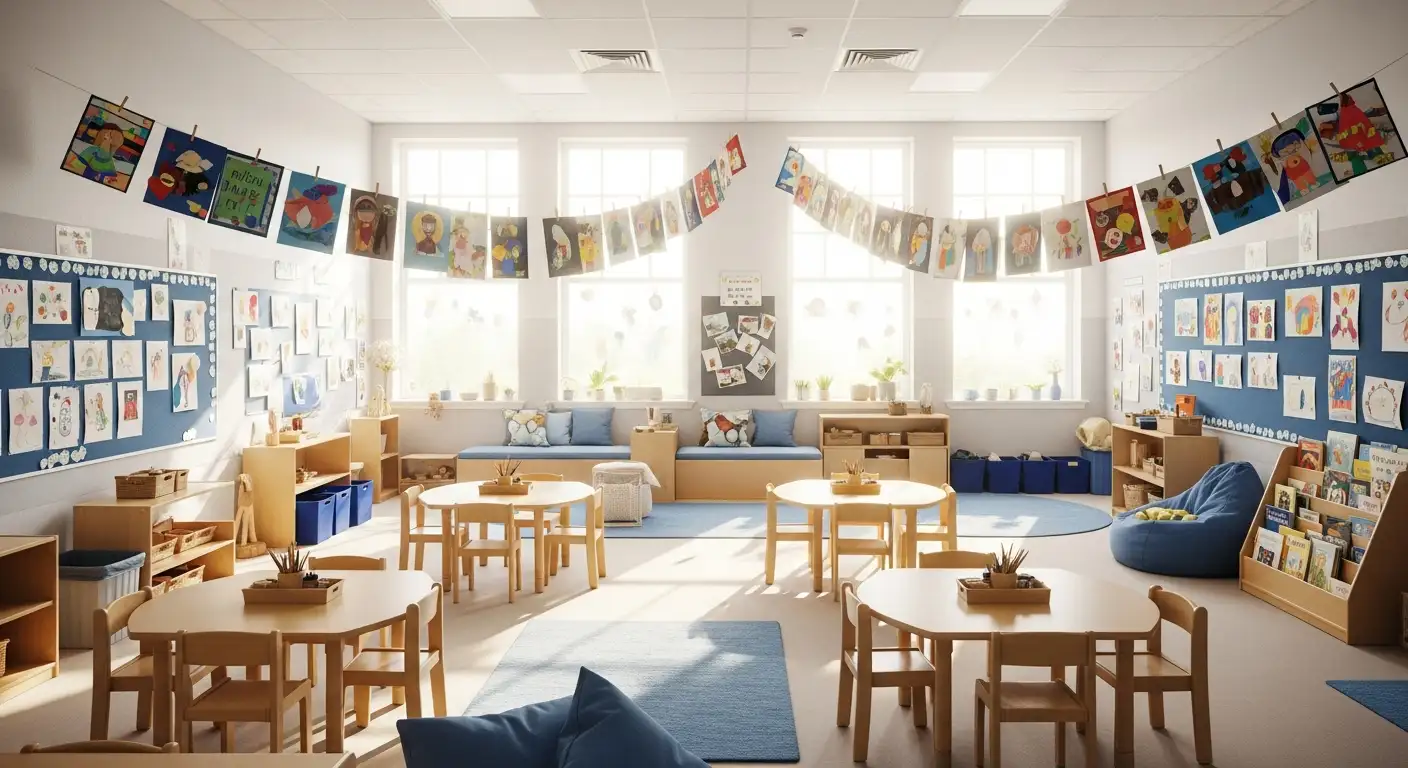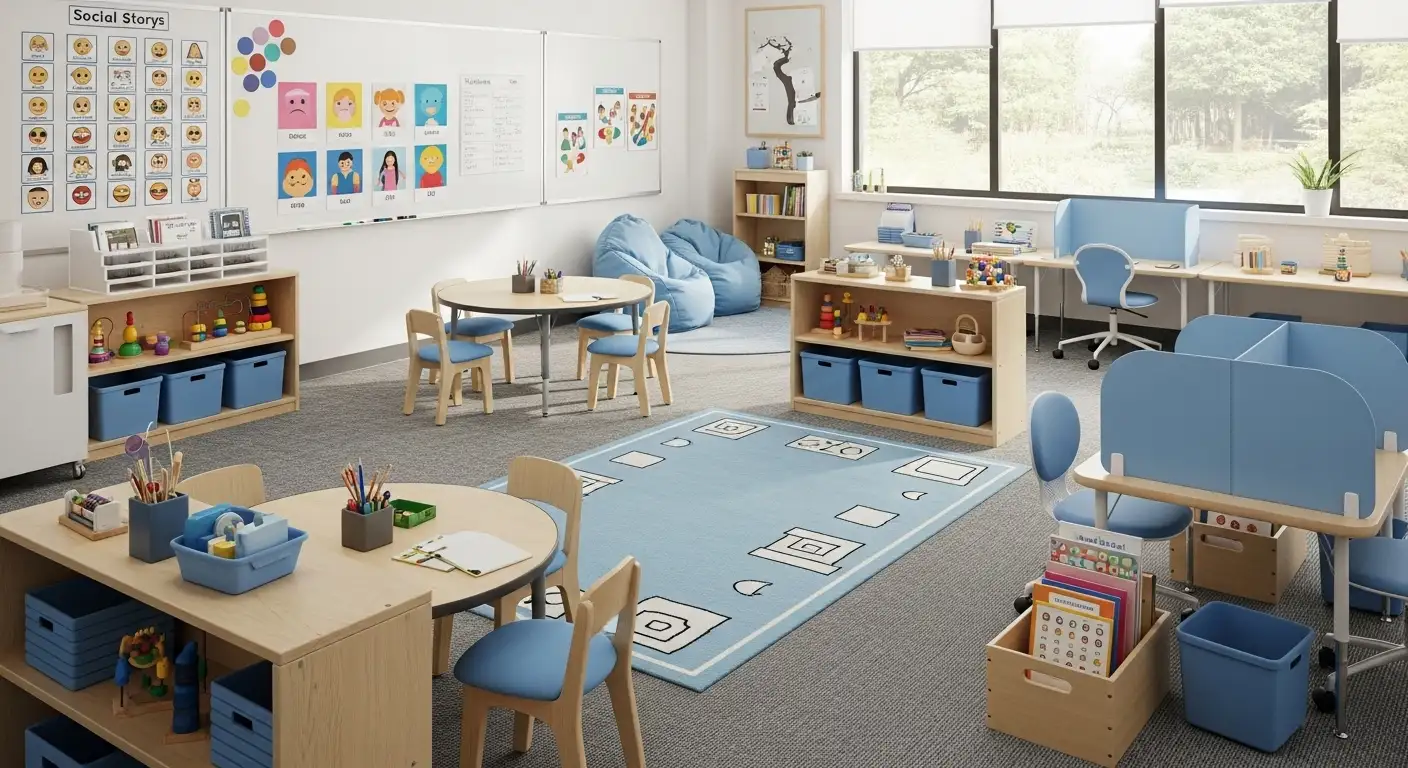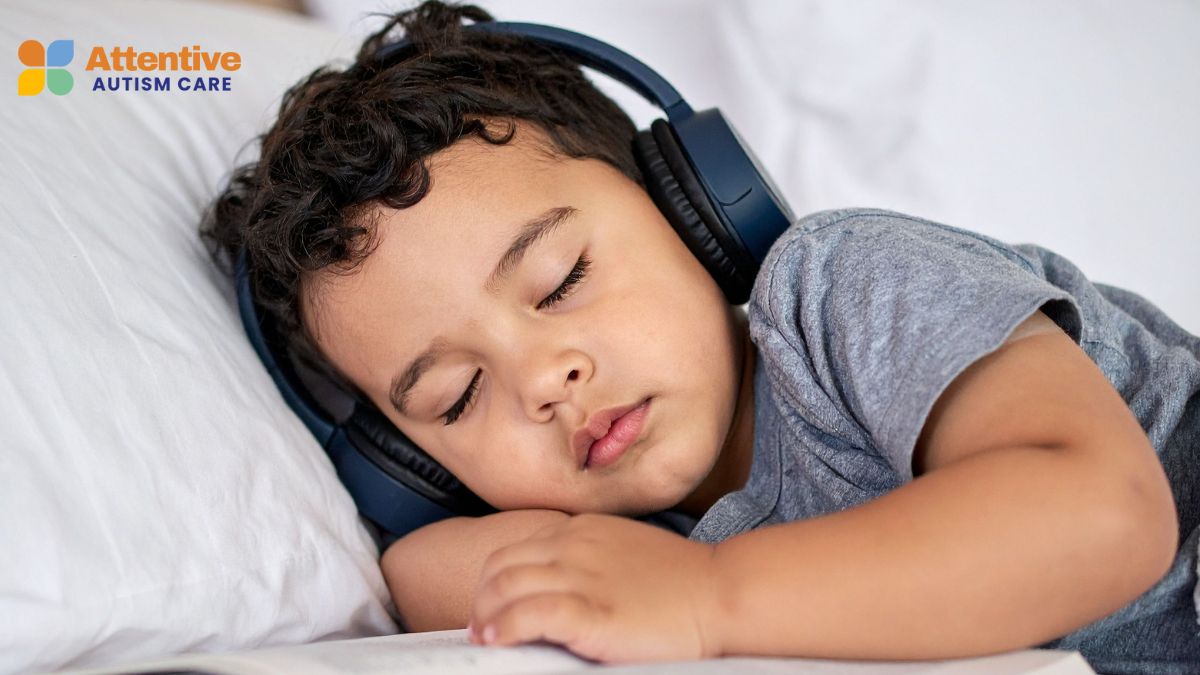When Is Autism Diagnosed?
Unlocking the Timing of Autism Diagnosis: Early Signs and Screening Insights

Understanding When Autism Is Typically Diagnosed
Autism Spectrum Disorder (ASD) is a neurological and developmental condition that begins in early childhood, with symptoms manifesting well before the age of three. The timing of diagnosis varies based on multiple factors including the child's developmental trajectory, observable signs, and the effectiveness of screening protocols. Early detection is crucial as it allows for timely intervention that can significantly improve long-term outcomes. This comprehensive overview examines the typical ages at which autism is diagnosed, the signs to watch for, the screening tools used, and the variations influenced by individual and gender differences.
The Typical Timeline for Autism Diagnosis
Age when autism symptoms become observable
Autism spectrum disorder (ASD) often begins in early childhood, with many children showing signs as early as 6 months. By the age of 12 months to 18 months, most children exhibit observable behaviors such as limited eye contact, no response to their name, or difficulties in social interactions. These early signs may include problems with nonverbal communication and delayed speech development.
Although signs can be noticed within the first 12 months, the full picture of autism typically becomes clearer by 18 months. Some children might meet developmental milestones until around 18 to 24 months but then stop progressing or lose previously acquired skills, a process known as regression.
Early signs that lead to suspicion
Early indicators of autism include lack of eye contact, limited gestures like pointing, delayed babbling, poor imitation skills, and challenges in understanding or using nonverbal cues. By 12 months, most typically developing children will respond to their name or engage in social games, whereas children on the spectrum may ignore or fail to respond.
Other signs include repetitive behaviors, intense interests in specific objects or routines, and sensory sensitivities. For example, some children with autism might flapping hands, lining up toys, or showing little interest in social interactions.
Monitoring developmental milestones such as responding to social cues, language ability, and play skills is essential. The Modified Checklist for Autism in Toddlers, Revised (M-CHAT-R), is a valuable screening tool used at 18 and 24 months to identify children who may need further evaluation.
Factors influencing the age of formal diagnosis
Several factors impact when a child receives a formal autism diagnosis. These include the severity of symptoms, access to healthcare resources, geographic location, and socioeconomic status. Severe cases where significant delays or regressions are present tend to be diagnosed earlier, often around age 2 or even before.
In contrast, children with milder symptoms or those that develop more subtly may not be diagnosed until later, sometimes after age 4 or during school years. Misdiagnoses or lack of awareness can delay recognition, especially in minority or underserved communities.
Most children in the United States and the UK are diagnosed around the age of three, as healthcare providers look for comprehensive developmental signs and behaviors that align with ASD criteria. Early screening during well-child visits at 18 and 24 months, as recommended by the American Academy of Pediatrics, plays a vital role in facilitating earlier diagnosis.
Early detection is crucial because it allows for timely intervention, which can dramatically improve long-term outcomes. With advancements in research, biological markers such as brain activity and structure differences detectable as early as 6 months are promising for even earlier diagnosis in the future.
Early Developmental Signs and Milestones Associated with Autism

What developmental milestones and signs are associated with autism?
Autism spectrum disorder (ASD) often begins in early childhood, with signs sometimes observable as early as 6 months old. Developmental milestones provide important clues for parents and caregivers to monitor. Typically, by around 12 months, most children respond to their name, follow gaze naturally, and use gestures like pointing or waving. However, children with autism may show delays or differences in these areas.
In infants, early signs include lack of eye contact, minimal smiling when approached, and limited response to social interaction. They might not respond to their name by 12 months and may rarely babble or use gestures like pointing or waving.
As children grow into their second year, delays become more evident. By 18 months, a child should speak a few words, engage in simple social interactions, and imitate actions. Children with ASD may have delayed speech, exhibit repetitive movements such as hand-flapping or rocking, and show restricted interests.
Repetitive behaviors and insistence on routines are common, including lining up toys and sensory sensitivities. Social interaction challenges, like difficulty understanding nonverbal cues or sharing emotions, are also prominent.
Additionally, a phenomenon called regression can occur between 12 and 24 months, where children lose language or social skills they had previously acquired. Up to 25% of children later diagnosed with autism may experience such regression, often involving speech loss or a decline in social behaviors.
Monitoring these developmental milestones closely helps in early detection. Recognizing signs such as no response to name, limited gestures, or loss of skills carves the pathway for timely evaluation and intervention, which significantly benefits long-term outcomes.
For example, by 15 months, typically developing children will point at objects they want, but children with ASD might lead an adult to an object without eye contact. Seeing these early signs can prompt consultation with healthcare providers for assessment and support.
Significance of Developmental Monitoring
Regular screening at 18 and 24 months — as recommended by the American Academy of Pediatrics — can flag these early signs. Tools like the M-CHAT-R questionnaire can help identify children who may need comprehensive evaluations.
Early assessment includes observing social communication skills, such as eye contact, response to social cues, and gestures, along with monitoring behavioral patterns like repetitive movements or routines.
Recognizing and addressing these early signs promptly allows for intervention strategies, such as behavioral therapy, to be implemented when the brain's plasticity is highest — often before age 3 — leading to improved developmental trajectories.
Recognizing the Early Signs in Infants and Toddlers

What are the early signs of autism in infants and young children?
Detecting autism early can make a critical difference in supporting a child's development. In infants and young children, subtle behavioral and social cues can signal the need for further evaluation.
By age 6 months, many typically developing babies respond to their name, make eye contact, and smile socially. However, infants who show early signs of autism may not respond consistently to their name, avoid eye contact, and seem less expressive with facial cues.
Between 6 to 9 months, a delay or absence in social engagement becomes more apparent. These children may not share smiles, show little interest in interactive games like peekaboo, or respond minimally to social stimuli.
As they approach 12 months, signs become more distinctive. They might not babble as expected or produce sounds like "mam" or "dada." Gestures such as pointing, waving, or reaching may be limited or absent. These children may also show little interest in social play or sharing attention with caregivers.
In toddlerhood, more noticeable behaviors include repetitive movements like hand-flapping, body rocking, or spinning objects. Children may insist rigidly on routines and become distressed when routines are disrupted.
Restricted interests, such as fascination with only specific toys or objects, can also appear. Difficulties in understanding social cues and recognizing emotions in others are common.
Some children might experience a regression, losing acquired speech, social skills, or play behaviors after developing normally for a period. Overall, early signs include a combination of social disengagement, communication difficulties, and repetitive behaviors.
Recognizing these early signals and consulting healthcare professionals for screening can lead to earlier diagnosis and intervention. Early support is linked with better developmental outcomes and improved quality of life for children with autism.
When Is Autism Usually Diagnosed?

At what age is autism usually diagnosed?
Autism spectrum disorder (ASD) symptoms frequently become noticeable by 12 to 18 months of age. In some cases, signs are observable even earlier, around 6 months, such as reduced eye contact, limited responses to their name, and challenges with nonverbal cues like gestures.
Early signs to watch for include a lack of eye contact, delayed or absent speech, and difficulties with social interactions, like not responding to their name or not showing interest in familiar people. These early behaviors can be subtle, requiring careful monitoring by parents and pediatricians.
While some children show signs early on, a reliable diagnosis often isn't made until they are older than 2 years. The American Academy of Pediatrics recommends screening at 18 and 24 months to catch early indications. Often, developmental concerns are identified before age 3, prompting further evaluation.
Many children are formally diagnosed after age 3, especially if symptoms are mild or initially overlooked. However, early screening and ongoing developmental monitoring are crucial. Detecting signs early allows for intervention programs that improve developmental outcomes.
Research indicates that the earlier autism is identified, ideally before age 2, the better the prognosis. Early diagnosis enables access to behavioral therapies, support services, and educational interventions that can significantly enhance cognitive, social, and behavioral development.
In summary, autism can be reliably diagnosed from around age 3, but signs are often detectable between 6 and 18 months, emphasizing the importance of regular developmental screenings and vigilant observation during toddlerhood.
Screening Tools and Recommended Ages for Autism Screening
What screening tools are recommended for autism and at what ages?
Screenings for autism spectrum disorder (ASD) are an essential part of early childhood health care. Several validated tools are used at different ages to identify children who may need further evaluation.
One of the most widely endorsed screening instruments for toddlers aged 16 to 30 months is the Modified Checklist for Autism in Toddlers, Revised (M-CHAT-R). This questionnaire helps parents and health professionals recognize early signs of autism and determine whether a child needs comprehensive assessment.
For children from 12 to 60 months, other tools such as the Screening Tool for Autism in Toddlers and Young Children (SACS-R and SACS-PR) are also utilized for early detection, especially in clinical or community screening programs.
In school-aged children, screening can be performed with instruments like the Social Challenges Screening Questionnaire (SCSQ), which helps detect social difficulties associated with ASD. For adolescents and adults aged 16 and above, the Autism Spectrum Quotient (AQ) Test is commonly used. This self-report measure assesses the extent of autistic traits in individuals and can be a helpful screening aid.
The American Academy of Pediatrics recommends routine autism screening at 18 and 24 months during well-child visits. These standardized screenings are crucial because early identification allows for early intervention, which significantly improves developmental outcomes.
Early screening and diagnosis are vital, as they enable access to supportive therapies and interventions that can make a substantial difference in a child's long-term development and quality of life.
Variations in Diagnosis Timing: Gender and Individual Differences

Are there variations in the timing of autism diagnosis based on gender or individual differences?
Research shows that the age at which autism is diagnosed can vary significantly depending on gender and personal characteristics. Boys are often diagnosed earlier, with many receiving a diagnosis around three years old.
In contrast, girls tend to be diagnosed later, sometimes not until age seven or beyond. This delay is mainly due to differences in how symptoms present and the tendency of girls to mask their behaviors. Girls with ASD are more likely to imitate social behaviors and hide their difficulties, making their symptoms less obvious.
Additionally, many girls show higher levels of behaviors typical of their gender, such as social interest, which can mask signs of autism. They may also display higher sensory sensitivities, which can go unnoticed or be attributed to other causes.
Assessment tools and diagnostic criteria historically focused more on male symptoms, so they might miss or underestimate autism signs in females.
The development of social communication skills in girls often becomes more noticeable around ages 4 or 5, when social demands increase at school and peer interactions become more complex.
Other individual factors, like cultural background, socioeconomic status, and access to healthcare, also affect when a child is diagnosed. Children with milder symptoms or those from underserved communities may experience significant delays.
Overall, understanding these differences underscores the importance of gender-sensitive assessments and ongoing awareness to ensure early and accurate diagnosis for all individuals.
| Aspect | Typical Diagnosis Age | Factors Influencing Timing | Additional Notes |
|---|---|---|---|
| Boys | Around 3 years old | Clearer symptom presentation, less masking | Usually identified earlier |
| Girls | After age 7 or later | Masking of symptoms, gender-typical behaviors, assessment biases | Often diagnosed later |
| Symptom Presentation | Varies widely | Differences in social and communication behaviors, masking, sensory sensitivities | Affects detection and diagnosis |
| Individual Factors | Vary (cultural, socioeconomic) | Access to resources, family awareness, prior screening practices | Impact diagnostic timing |
Understanding these variations helps clinicians, parents, and educators recognize autism in all children, regardless of gender or background, facilitating earlier support and intervention.
Developmental Warning Signs Indicating Need for Evaluation

What developmental warning signs indicate a need for evaluation?
Recognizing early signs of autism spectrum disorder (ASD) is vital for timely intervention. Developmental warning signs vary depending on the child's age but generally involve delays or atypical behaviors across social, communication, cognitive, and motor skills.
In the first months, red flags include a lack of response to sounds, such as not turning toward a familiar voice, and limited eye contact. Infants may also show reduced interest in visual stimuli and fail to smile or respond to their name by 12 months.
Between 8 and 12 months, concerns grow if a child isn't babbling or using gestures like pointing or waving. A lack of imitation of sounds or facial expressions and minimal responsiveness to social cues are also warning signs.
By 18 months, typical milestones include speaking words and following simple commands. Absence of these, along with limited play skills and little interest in social interaction, should prompt evaluation. Children may also exhibit repetitive behaviors, such as hand-flapping or lining up toys.
Furthermore, issues with gross and fine motor skills, balance, or coordination, like toe walking or poor hand-eye coordination, can be indicators.
Sensory responses provide additional clues. Extreme reactions to sounds, textures, or lights—either sensitivity or indifference—may suggest underlying developmental issues.
Behavioral cues also include limited eye contact, lack of gestures like reaching or pointing, and minimal response to social engagement. Some children may prefer to play alone or show little interest in peer interaction.
Recognizing these signs early allows healthcare providers to conduct screenings, like the M-CHAT-R questionnaire, and recommend comprehensive evaluations if needed. Early assessment leads to prompt interventions, such as behavioral therapies, which can significantly improve developmental outcomes.
| Age Range | Red Flags | Specific Behaviors and Skills | Additional Notes |
|---|---|---|---|
| Birth to 6 months | No response to sounds or visual cues | Limited eye contact, no smile, poor tracking | Early biological signs can be detected via brain activity patterns |
| 6 to 12 months | No babbling, no gestures | Not responding to their name, no joint attention | Delay in social communication skills |
| 12 to 18 months | No words, no pointing | Limited imitation, poor social interaction | Regression may occur between 18-24 months |
| 18 to 24 months | No two-word phrases | Little interest in peer play or shared activities | Watch for repetitive behaviors and sensory sensitivities |
| 24 months and older | No clear speech or social engagement | Lack of eye contact, limited play routines | Persistent delays might need comprehensive evaluation |
Early identification of these signs can lead to better support and therapies, enhancing the child's developmental trajectory. Consulting with specialists like developmental pediatricians or psychologists is recommended if concerns arise.
Early Detection: The Key to Better Outcomes
While autism can be diagnosed at any age, early detection before age 3, especially around 18 months, is optimal for achieving the best developmental outcomes. Vigilant monitoring of developmental milestones, awareness of early signs, and adherence to recommended screening timelines enable timely diagnosis and intervention. Professionals utilize specific assessment tools tailored to different age groups, and considering individual and gender differences is essential for accurate diagnosis. Recognizing the signs early and seeking professional evaluation empowers families to access supportive services that significantly enhance a child's ability to develop communication, social skills, and independence, thus improving their overall quality of life.
References
- Signs of autism | Autism Speaks
- When do children usually show symptoms of autism? | NICHD
- How early can you — and should you — diagnose autism?
- "Could My Child Have Autism?" Ten Signs of Possible Autism ...
- Autism spectrum disorder - Symptoms and causes - Mayo Clinic
- Does My Child Have Autism? - HelpGuide.org
- 5 Reasons Why Autism Diagnosis Is Delayed - Smita Tandon, MD



































